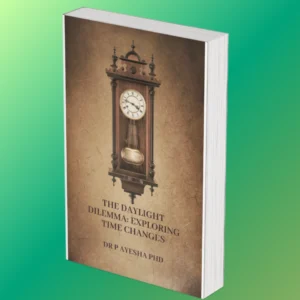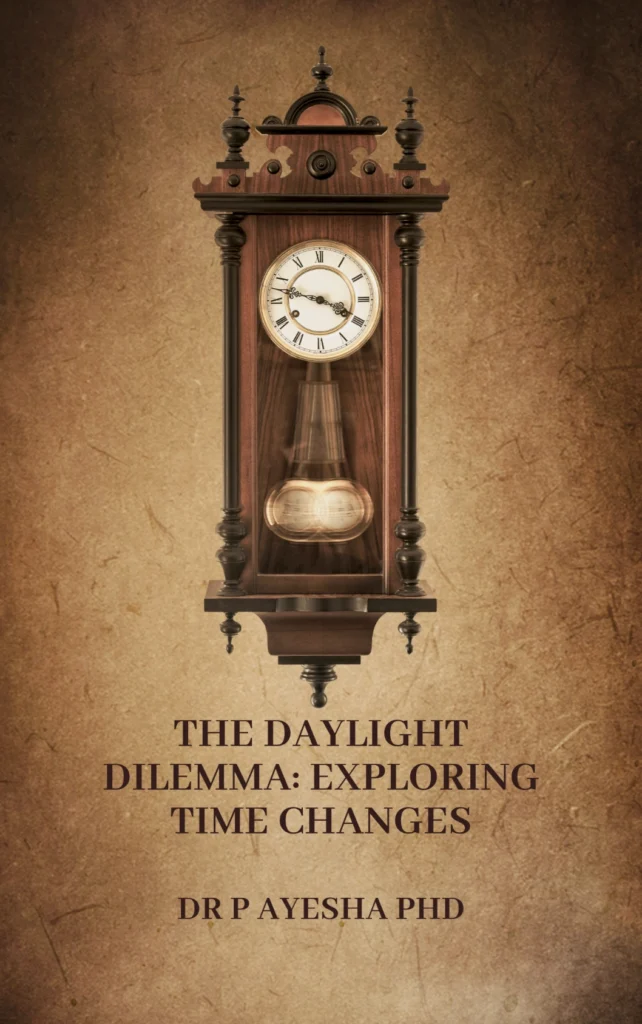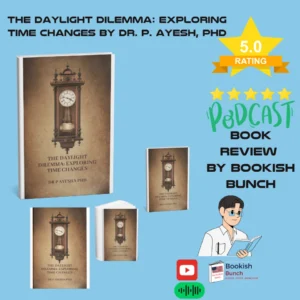Time Change 2024: How Daylight Saving Time Impacts Health, Sleep, and Daily Life Daylight Saving Time
Explore the health risks and daily impacts of Daylight Saving Time in 2024. Discover why the time change debate is growing and what the future holds for DST.
 Every year, we adjust our clocks for Daylight Saving Time (DST), but in 2024, many are asking: is this practice still relevant? What started as a way to conserve energy during World War I has evolved into a complex debate that touches on health, productivity, and the environment. In this article, we’ll break down the pros and cons of DST, explore how it affects your health and sleep, and consider whether it’s time to stop the clock change altogether.
Every year, we adjust our clocks for Daylight Saving Time (DST), but in 2024, many are asking: is this practice still relevant? What started as a way to conserve energy during World War I has evolved into a complex debate that touches on health, productivity, and the environment. In this article, we’ll break down the pros and cons of DST, explore how it affects your health and sleep, and consider whether it’s time to stop the clock change altogether.
Affiliate Link: Buy The Daylight Dilemma on Amazon here
What is Daylight Saving Time?
Daylight Saving Time is the practice of moving clocks forward by one hour in the spring (often referred to as Spring Forward) and back again in the fall (Fall Back). The idea behind DST is to make better use of daylight during the warmer months by extending evening hours. But as we head into DST 2024, many people are questioning whether this tradition is still necessary.
The original purpose of DST was to save energy, but with modern technology and energy-efficient devices, the savings are minimal. So, why do we still do it? This article will explore the time dilemma and whether the benefits of DST outweigh the negatives.
How Does Daylight Saving Time Affect Your Sleep?
One of the most significant effects of Daylight Saving Time is on our sleep. The time change disrupts our natural circadian rhythms, which regulate sleep patterns, hormone production, and overall well-being. The sudden shift in time, especially during Spring Forward, can lead to sleep deprivation and fatigue.
Studies cited in The Daylight Dilemma reveal that the week following the time change sees an increase in sleep-related issues, including insomnia and daytime drowsiness. These disruptions don’t just make you tired—they can also lead to more serious health problems.
Health Risks of the Time Change
 The health risks associated with Daylight Saving Time are well-documented. According to research, heart attacks increase by 24% in the week after the springtime clock change. Additionally, the disruption to our internal clocks can lead to higher stress levels, mood swings, and an increase in accidents.
The health risks associated with Daylight Saving Time are well-documented. According to research, heart attacks increase by 24% in the week after the springtime clock change. Additionally, the disruption to our internal clocks can lead to higher stress levels, mood swings, and an increase in accidents.
In The Daylight Dilemma, Dr. P. Ayesh delves into the hidden health risks of DST, highlighting how even a one-hour shift can have far-reaching consequences. From sleep deprivation to an increase in strokes and accidents, the negative health impacts of DST are becoming more apparent.
The Time Change Debate: Why We Should Consider Ending DST
As we approach Daylight Saving Time 2024, the conversation around whether we should continue this practice is becoming more urgent. Many countries, including the U.S., still follow DST, but others like Russia and Japan have abandoned it due to health concerns. Even within the U.S., some states like Arizona and Hawaii have opted out of the clock change 2024, citing its negative effects on health and productivity.
The growing movement to abolish DST is fueled by these health concerns, as well as the realization that the energy savings are minimal. Newer studies show that DST may not be as beneficial as once thought, and the disruptions it causes in our daily routines could outweigh the advantages.
How Does DST Affect Your Daily Life?
Aside from health risks, Daylight Saving Time has a significant impact on daily life. Many people find the biannual time change disruptive, causing confusion with schedules, productivity dips, and even a rise in workplace accidents. The shift also affects industries like real estate, where scheduling conflicts and changes in energy costs become more pronounced.
In The Daylight Dilemma, the effects of DST on various sectors are explored, including its impact on crime rates. Some studies suggest that extended daylight in the evening reduces crime, but these benefits are often overshadowed by the negative health impacts.
Global Perspectives: DST Around the World
Around the globe, countries take different approaches to Daylight Saving Time. While many nations still follow the practice, others have moved away from it. For instance, the European Union has considered scrapping DST altogether after public dissatisfaction with the clock changes. Countries like Russia, which abandoned DST in 2011, report fewer health issues and a more consistent daily routine since doing so.
In the U.S., some states have passed legislation to make DST permanent, eliminating the need for the twice-yearly clock changes. However, the debate continues, with strong opinions on both sides.
The Future of Daylight Saving Time: Is It Time for Change?
 As we move into 2024, the future of Daylight Saving Time is uncertain. With growing awareness of the health risks and minimal energy savings, many experts and policymakers are considering alternatives to the biannual time change. A permanent timekeeping system, whether it’s staying on DST or Standard Time year-round, could reduce the negative impacts on health and productivity.
As we move into 2024, the future of Daylight Saving Time is uncertain. With growing awareness of the health risks and minimal energy savings, many experts and policymakers are considering alternatives to the biannual time change. A permanent timekeeping system, whether it’s staying on DST or Standard Time year-round, could reduce the negative impacts on health and productivity.
The Daylight Dilemma provides a comprehensive look at these issues, offering insights into what the future of timekeeping might look like. As the debate over DST continues, it’s clear that more research and public input are needed to make an informed decision.
Affiliate Disclosure
This article contains affiliate links. If you click on one and make a purchase, we may earn a small commission, at no extra cost to you. Your support helps us continue to create valuable content like this.
Check out The Daylight Dilemma on Amazon
Conclusion: Is It Time to End Daylight Saving Time?
Daylight Saving Time has been a part of our lives for over a century, but its relevance in today’s world is being questioned. With Daylight Savings Time 2024 approaching, more people are advocating for an end to the twice-yearly clock changes. From the disruption to our sleep and health to the minimal energy savings, it’s clear that the time change debate is far from over.
If you’re interested in learning more about how DST impacts your health, productivity, and daily life, be sure to read The Daylight Dilemma. This eye-opening book explores the history, science, and future of timekeeping, offering valuable insights into why it might be time to stop changing the clocks for good.
